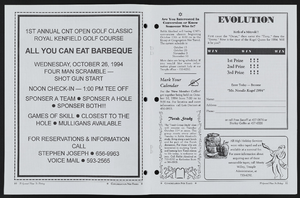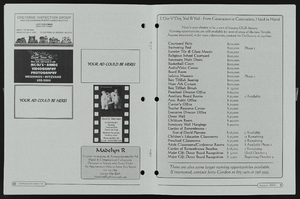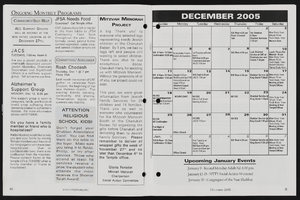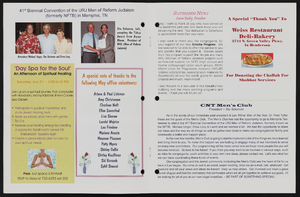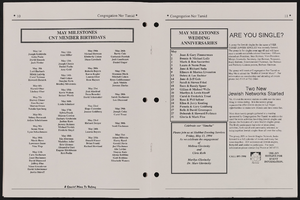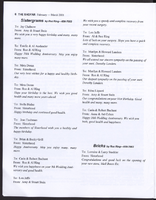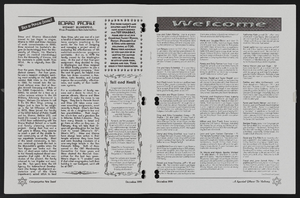Search the Special Collections and Archives Portal
Search Results

Interview with Lafayette "Lafe" H. Dana, June 20, 2005
Date
2005-06-20
Archival Collection
Description
Narrator affiliation: Livestock Research Assistant, EPA Farm
Text

Interview with Erma (E.B.) Johnson, December 21, 2005
Date
2005-12-21
Archival Collection
Description
Narrator affiliation: Cook, Area 51, Reynolds Electrical and Engineering Company (REECo); Minister
Text

Interview with Melva Jean (Davis) O'Neill, July 2, 2004
Date
2004-07-02
Archival Collection
Description
Narrator affiliation: Family Member; Nevada Test Site Historical Foundation
Text
Pagination
Refine my results
Content Type
Creator or Contributor
Subject
Archival Collection
Digital Project
Resource Type
Year
Material Type
Place
Language
Records Classification

